High quality and low emission rice farming model of Tien Dung Cooperative in Thanh Phu commune, Can Tho city.
Farmers benefit
Since 2024, the Ministry of Agriculture and Environment has coordinated with relevant units and 5 localities in the Mekong Delta to implement 7 pilot models of high-quality and low-emission rice cultivation processes with an area of 50 hectares/model in the 2 summer-autumn and autumn-winter crops of 2024. As a result, the high-quality and low-emission rice cultivation models have brought about clear benefits both economically and environmentally. Farmers have significantly reduced input production costs by reducing labor costs, reducing the amount of seeds by 30-50%, reducing the amount of chemical fertilizers by 30-70%, reducing 1-4 times of spraying pesticides (BVTV) and reducing the amount of irrigation water by 30-40%. Rice yield increased by 2.4-7%, farmers' income increased by 12-50%, equivalent to an increase in profit of 4-7.6 million VND/ha compared to traditional farming. The average greenhouse gas emission reduction is equivalent to 2-12 tons of CO2/ha. Rice in many models is purchased by enterprises at a price 200-300 VND/kg higher than the market price.
According to the Ministry of Agriculture and Environment, from the summer-autumn crop of 2025, 6 pilot models will continue to be deployed (except for the rice-shrimp model) and 5 new models will be expanded to continue implementing the emission reduction farming process, while coordinating with the International Rice Research Institute (IRRI) and the World Bank (WB) to pilot the emission measurement, reporting and verification (MRV) process. Initial results show that the implementation of MRV is quite favorable, receiving positive response and high appreciation from local people and authorities. It is expected that the rice harvest will be completed in the models by the end of August and the beginning of September 2025 and official results will be available.
Along with the pilot models implemented by the central ministries and branches, from the winter-spring and summer-autumn rice crops in 2025, localities have proactively deployed more than 100 pilot models, with a total area of more than 4,518 hectares. As a result, farmers have reduced many input production costs, while rice productivity and quality remain good, thereby significantly increasing production efficiency and farmers' profits.
Mr. Nguyen Danh Dung, Director of Tien Dung Agricultural Cooperative in Thanh Phu Commune, Can Tho City, said: “From the 2024-2025 winter-spring crop, farmers at the cooperative have been supported and facilitated by the relevant authorities to participate in the implementation of a high-quality and low-emission rice production model, with an area of 50 hectares and 20 participating households. The model has helped farmers promote the synchronous application of technical, technological and mechanical solutions in conjunction with supporting farmers and cooperatives to carry out joint production with enterprises according to the value chain. Thereby, reducing the use of seeds, fertilizers, pesticides, and many types of input materials and effectively exploiting straw, helping to reduce costs, reduce greenhouse gas emissions, and at the same time improve productivity, quality and selling price of rice. Farmers' profits can increase by more than 5 million VND/ha".
According to Mr. Tran Van Doi, in Truong Xuan commune, Can Tho city, from the winter-spring crop of 2024-2025, he has participated in the high-quality and low-emission rice cultivation model. As a result, the rice fields not only achieve good productivity and quality but also reduce many costs of seeds, fertilizers, pesticides and irrigation water. At the same time, reducing labor due to the application of machinery, reducing the number of times of fertilizing and spraying, thereby helping to reduce greenhouse gas emissions and increase profits by at least 20% compared to traditional farming methods. The application of technical production processes according to the 1 million hectare rice project, especially the application of alternating wet and dry irrigation techniques, also helps the rice plants to be strong, have deep roots in the soil, and are less likely to fall over.
Care to remove difficulties
Up to now, the implementation of the 1 million hectare rice project still faces difficulties and obstacles, especially when our country is one of the first countries to implement emission reduction on rice, the activities and contents are all new, there is no precedent for reference. The Ministry of Agriculture and Environment, together with central and local authorities, has paid attention to training and capacity building for cooperatives and related parties; encouraged and promoted farmers and cooperatives to link with enterprises in the chain to implement the project.
According to the Ministry of Agriculture and Environment, to date, a list of nearly 200 enterprises participating in the 1 million hectare rice project has been identified, of which about 40% are agricultural product consumption enterprises with a joint scale of 200 hectares or more. At the same time, cooperatives and cooperative groups have been identified to participate, including 620 cooperatives in phase 1 and about 1,300 cooperatives by 2030.
The Ministry of Agriculture and Environment is building and updating the information data system of 620 cooperatives participating in the Project, creating a foundation for connecting, supporting and monitoring the implementation process. Thereby, ensuring transparency and efficiency in implementing the goal of sustainable development of the rice industry. At the same time, coordinating with the State Bank of Vietnam and relevant units to advise on the development and implementation of preferential credit programs to implement the 1 million hectare rice project and piloting agricultural insurance. Coordinating to build the brand "Green Vietnamese Rice with low emissions" and has exported 500 tons of rice with this brand to the Japanese market...
Mr. Tran Thanh Nam, Deputy Minister of Agriculture and Environment, said that by the 2025 summer-autumn rice crop, the total rice area registered by provinces and cities in the Mekong Delta region to participate in the 1 million hectare rice project is 312,000 hectares, an increase of 200,000 hectares compared to the plan by 2025 in the project. However, of these 312,000 hectares, not all have fully implemented sustainable farming processes according to the high-quality and low-emission rice farming technical package, but some localities have only implemented a part of the farming process.
According to Mr. Tran Thanh Nam, the reason is that there is still a problem with draining water in the alternating wet and dry irrigation process, according to the process, the water must be drained three times, but the local irrigation system has not yet ensured this. On the other hand, the collection and treatment of straw is still difficult due to the large amount of straw, and some places still burn the fields. To solve this problem, the Ministry of Agriculture and Environment has also paid attention to working with the electricity group and related units to promote investment in biomass power plants using rice husk and straw as raw materials; consulted and proposed to competent authorities to implement projects to support infrastructure and techniques for high-quality and low-emission rice in the Mekong Delta and proposed loans from the World Bank.
Source: https://baocantho.com.vn/nhan-rong-mo-hinh-canh-tac-lua-chat-luong-cao-va-phat-thai-thap-a188804.html


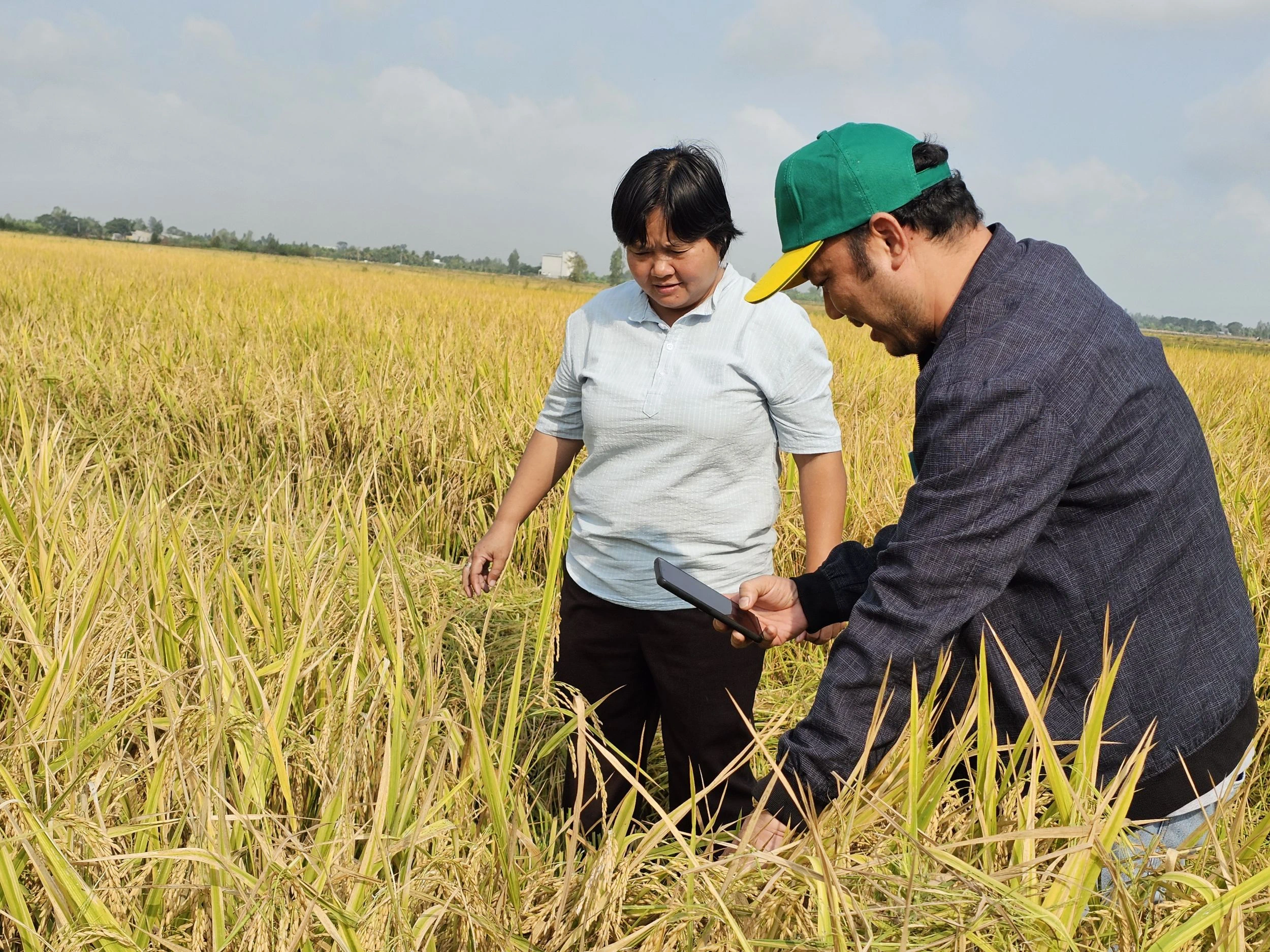
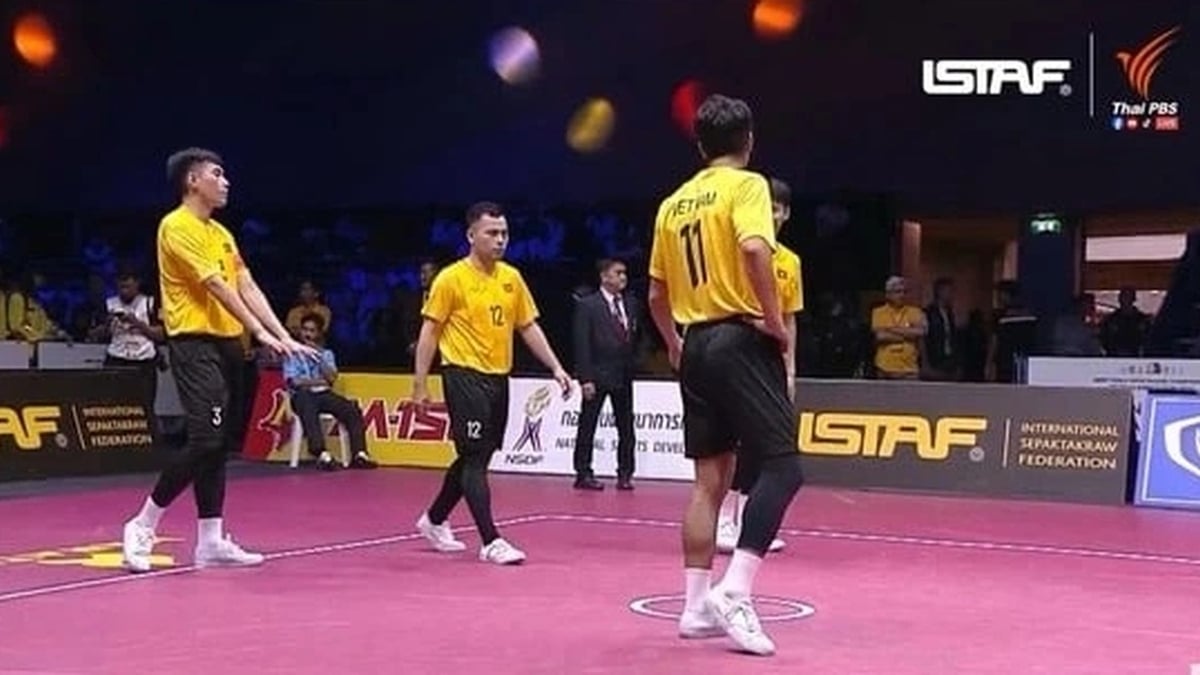
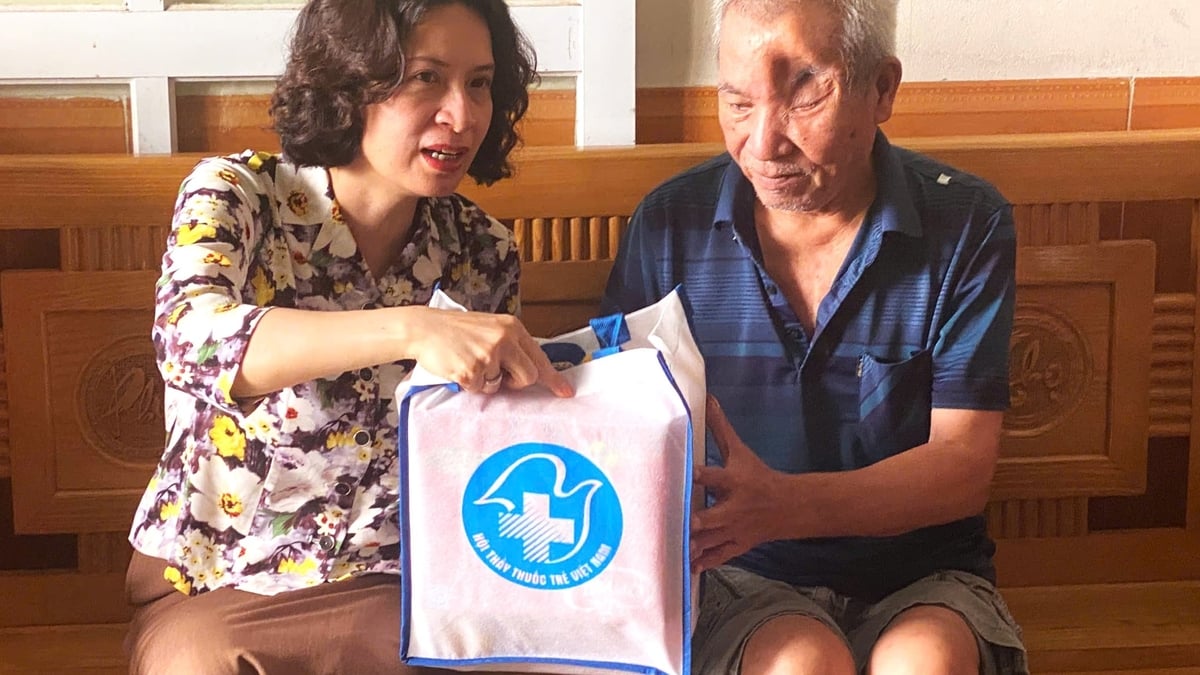


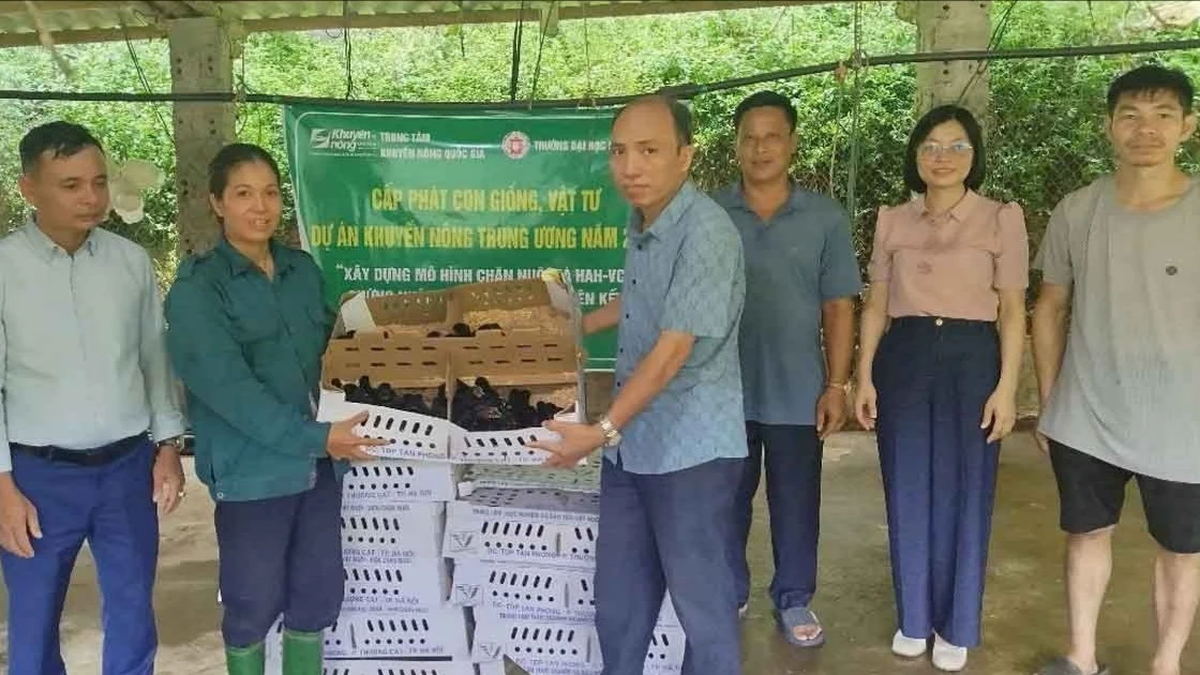
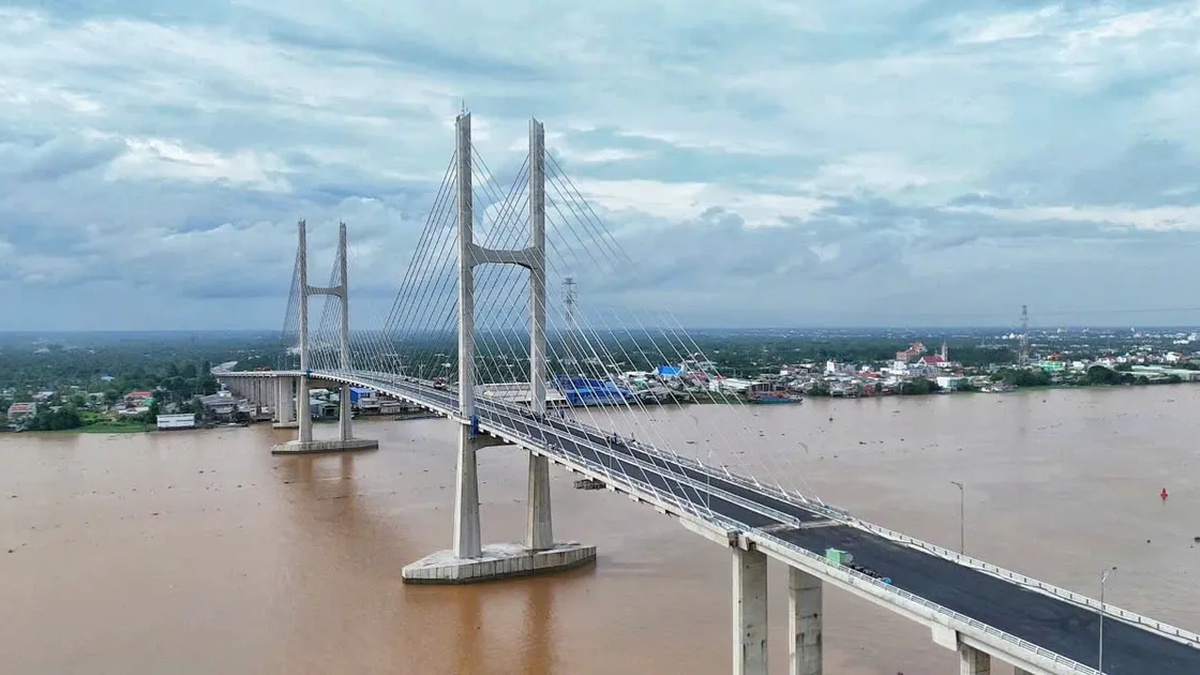
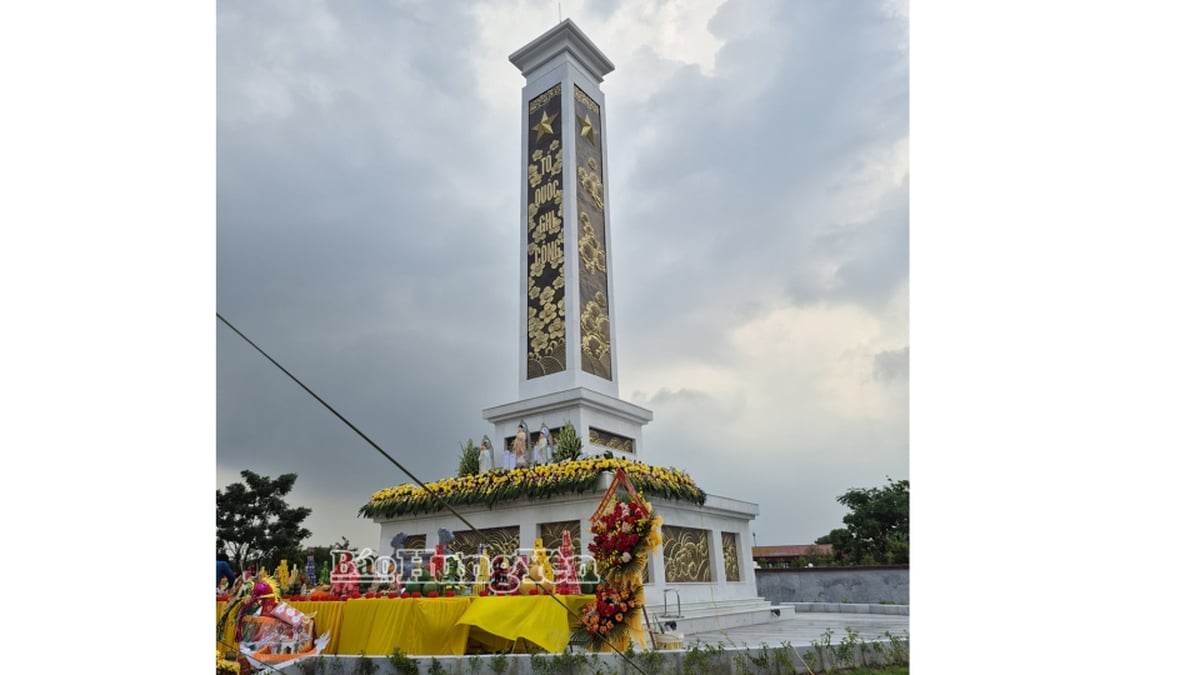
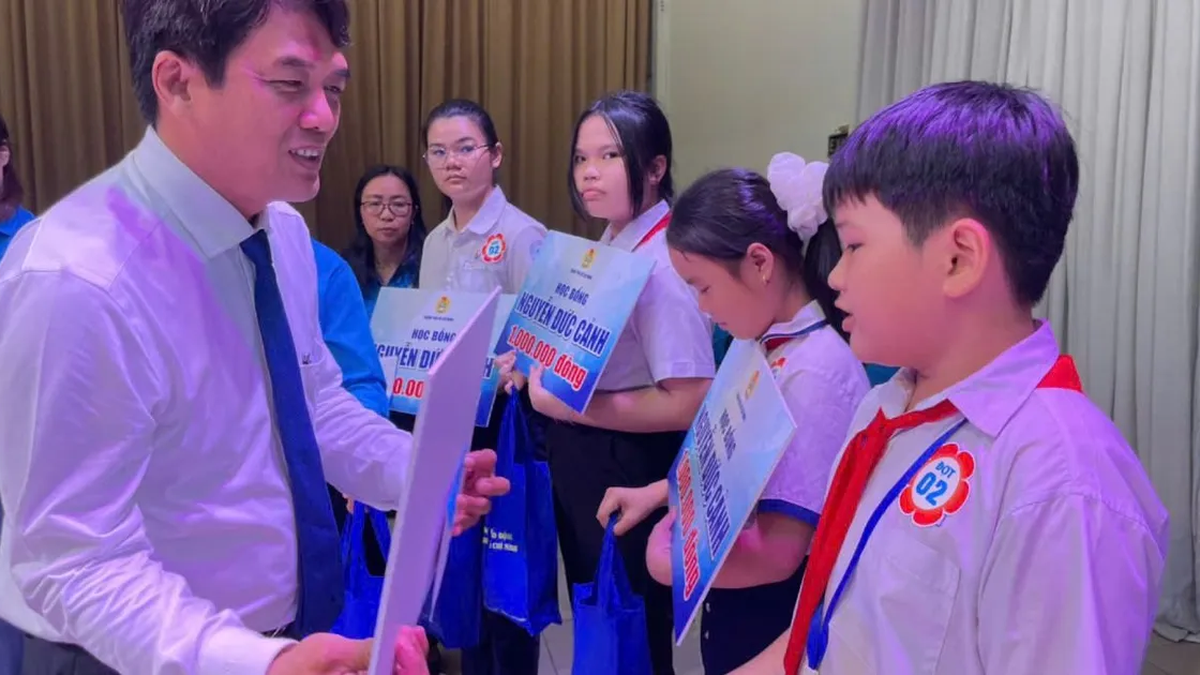
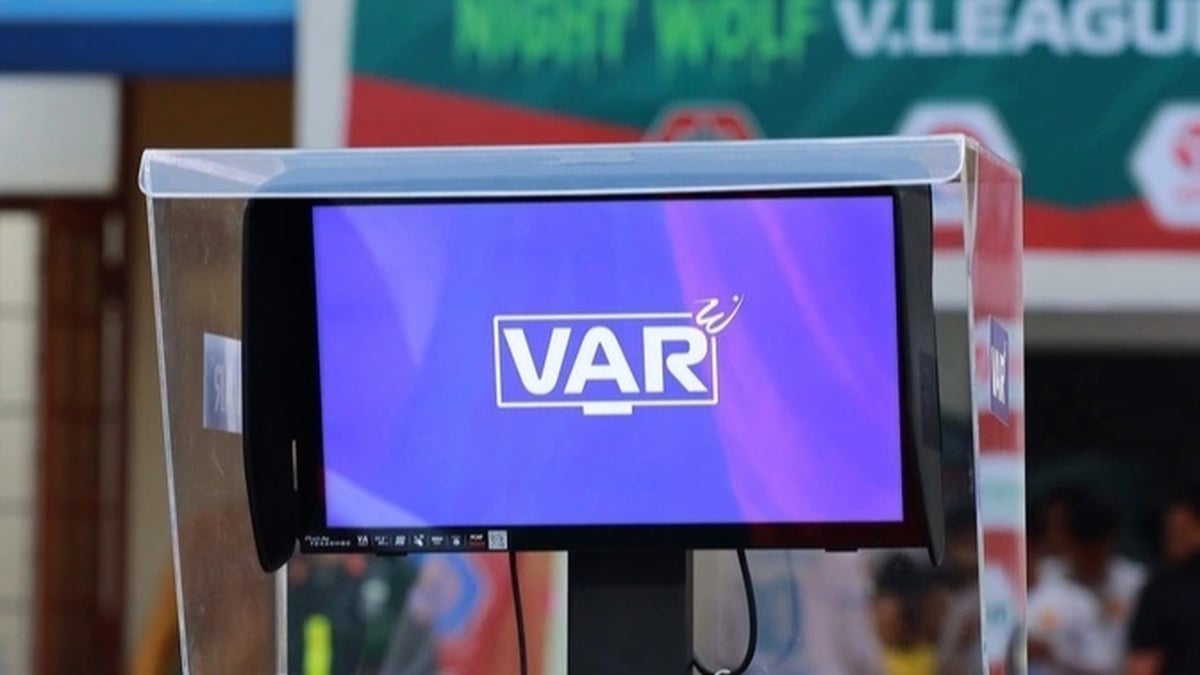
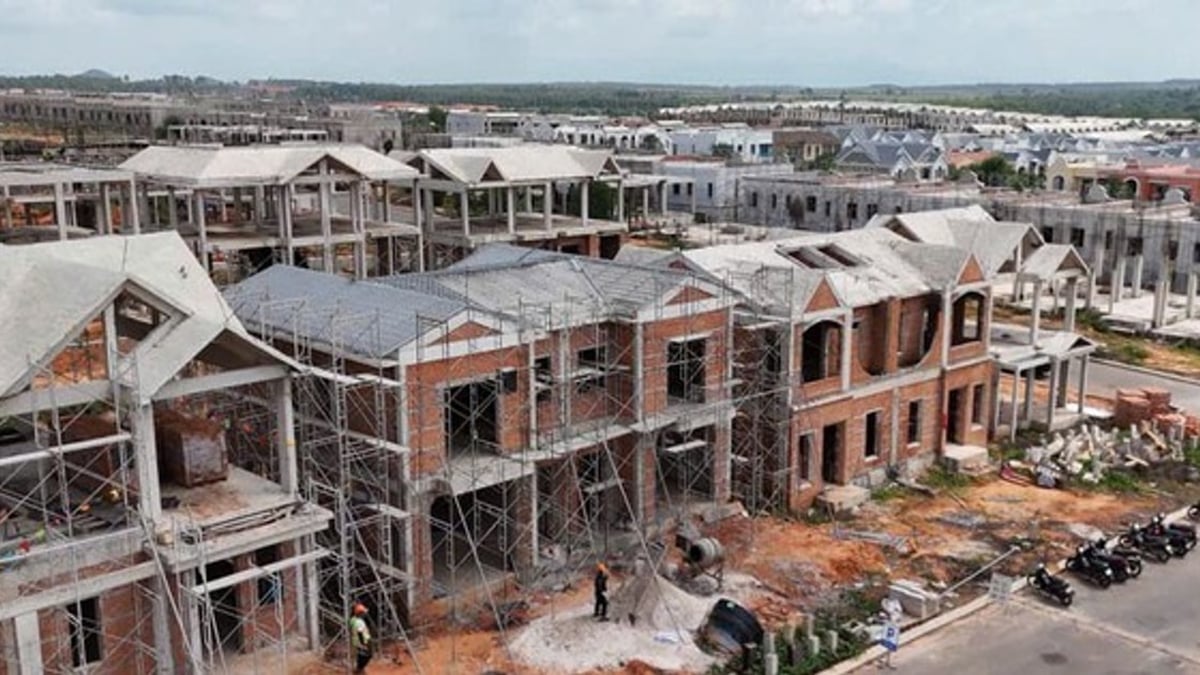





























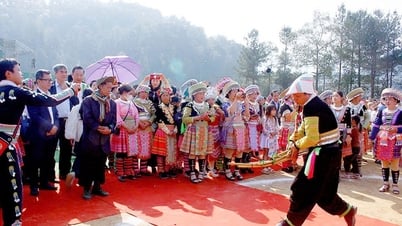






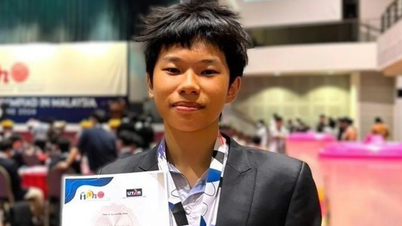
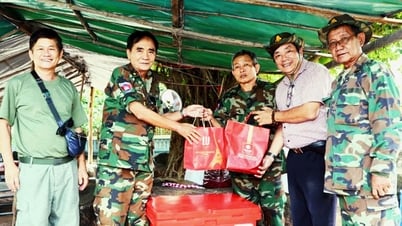

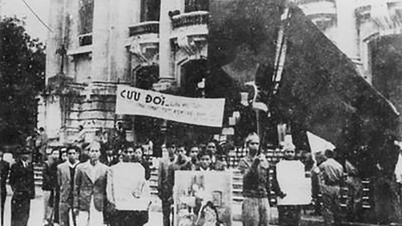
















































Comment (0)